English Heritage sites near Miserden Parish
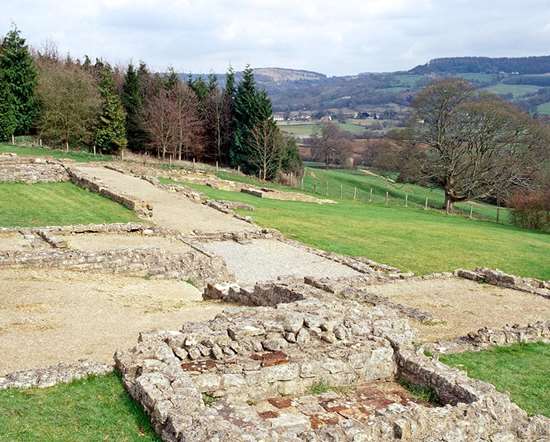
GREAT WITCOMBE ROMAN VILLA
3 miles from Miserden Parish
The remains of a large and luxurious villa built about AD 250, with a bathhouse complex, perhaps the shrine of a water spirit, and mosaics.
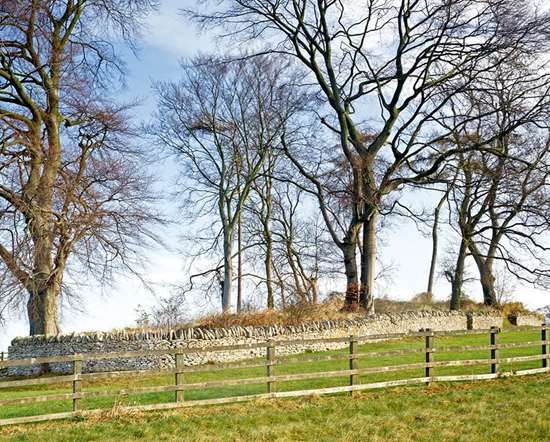
WINDMILL TUMP LONG BARROW, RODMARTON
8 miles from Miserden Parish
A Neolithic chambered tomb with an enigmatic 'false entrance'. Opinions vary as to why this false entrance was built.
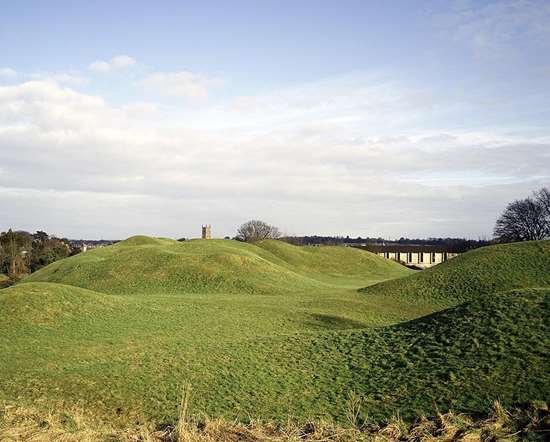
CIRENCESTER AMPHITHEATRE
8 miles from Miserden Parish
The earthwork remains of one of the largest Roman amphitheatres in Britain, built in the early 2nd century to serve the important city of Corinium, now Cirencester.
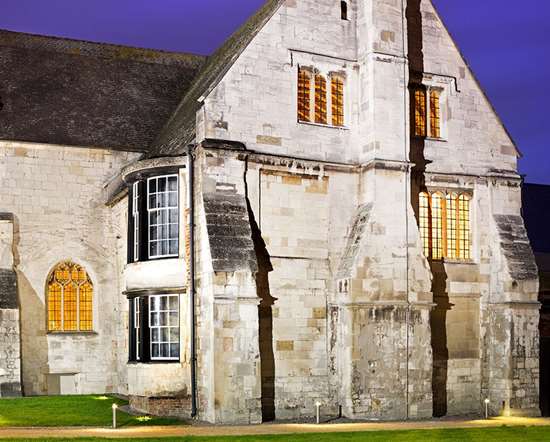
BLACKFRIARS
8 miles from Miserden Parish
One of the most complete surviving Dominican friaries in England, later converted into a Tudor house and cloth factory. Notable features include the church and fine scissor-braced dormitory roof.
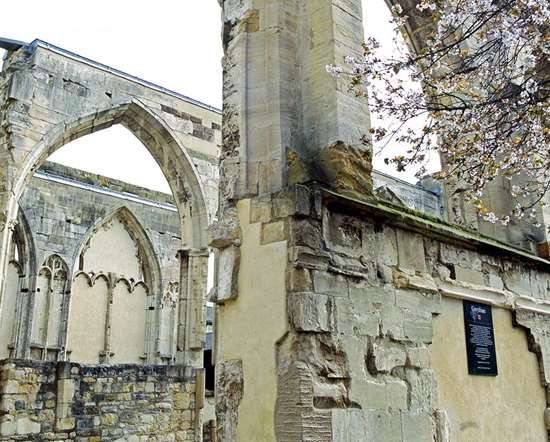
GREYFRIARS
8 miles from Miserden Parish
Substantial remains of an early Tudor friary church of Franciscan 'grey friars' founded in 1231.
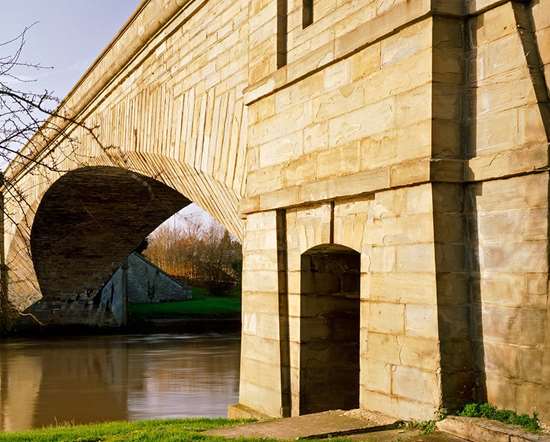
OVER BRIDGE
9 miles from Miserden Parish
A single-arch stone bridge spanning the River Severn, built in 1825-30 by the great engineer Thomas Telford.
Churches in Miserden Parish
St Andrew

Miserden
0771470310
http://erminwestbenefice.org.uk/our-churches/miserden/
The village of Miserden was known to the compilers of the Domesday Book as Green Hampstead. Subsequently the Manor was one of several given by William the Conqueror to Hascoit Musard, a Norman baron from whose family the village derives its present name. The Church of St Andrew was already old when the Commissioners appointed to survey Gloucestershire started their task in 1086. As it stands now, we can see Saxon, Norman and Perpendicular work, though the building was much restored and extended by an enthusiastic amateur architect, the Reverend WH Lowder. The existing nave and chapel were extended by the addition of two transepts and a priest’s vestry; the south chapel was also completely rebuilt.
The Porch is Early English having been built in the 13th century. Anglo-Saxon remains clearly visible are the rounded arch and carved imposts of the doorway.
Another Anglo-Saxon detail is the so-called “Devil’s Doorway” opposite and with a similar rounded arch to the main doorway. In historic times the parishioners believed the devil would enter by the south door and leave by the north door.
The font is believed to be 14th Century. The nave has a fine wagon roof of the perpendicular period. The graceful chancel has a rood beam of massive proportions with notches still visible to support the three figures of the rood. All the nave windows and the west window are perpendicular. All the glass is Victorian or modern, except for a fragment of medieval glass on the north side, depicting the Falcon and Fetterlock badge of the Dukes of York, connected with the living in the 15th Century.
Within the Chancel, the altar has a fine painted and gilded reredos. This and the choir stalls are a memorial to the late Frederick Noel Hamilton Wills of Misarden Park who died in 1927. His grandson Major MTNH Wills LVO DL is the current Patron of the Living. Also within the chancel is an interesting memorial tablet to Anthony Partridge of Wishanger who died in 1625 and his wife Alice. This was executed by a well-known local craftsman, Samuel Baldwin.
The South Chapel rebuilt in 1866 has a small Norman east window and contains the recumbent effigy of William Kingston who died in 1614, also by Samuel Baldwin, and of Sir William Sandys and his wife Margaret Culpeper who died in 1640 and 1644 respectively. This latter is a finely executed and detailed work in Derbyshire alabaster in exceptionally good condition. It is mentioned in several authoritive works on sculpture.
The ground floor of the Bell Tower is mostly taken up by the works of the fine Willis organ given by Noel and Margery Wills in 1923 in memory of those who fell in the Great War. A Norman turret stairway gives access to the first stage housing of the clock mechanism. At the restoration of the tower in 1970, the single bell, which weighs over a ton, was recast and rehung. It bears the inscription “I to the church the living call and to the grave doe summon all” and is dated 1722. The small treble or “five minute” bell of the same date is inscribed “Come away, make noe delay”. From the exterior is clearly seen the Norman work on the tower up to the first stage, and the Perpendicular second stage with its embattled parapet.
The War Memorial opposite the Lychgate is by Sir Edwin Lutyens.
There are many notable memorials in the churchyard, and in particular this epitaph to a shepherd can be found on the tomb of Samuel Horrell who died in 1807 on the right of the path shortly before the Yew arch:
“From youth through life the sheep was all his care
And harmless as the Flock his manners were
On earth he held the faith to Christians given
In hope to join the fold of Christ in heaven.”
Pubs in Miserden Parish
Carpenters Arms

, Miserden, Stroud, GL6 7JA
(01285) 821283
thecarps-miserden.co.uk/
